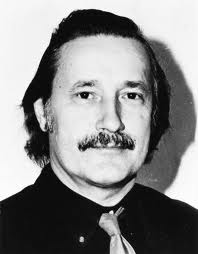-
(b.) -1916(d.)1975
Bio/Description
Christopher's first job was providing mathematical analysis for the design of electron tubes used in radar. The complexity of the calculations required the use of a differential analyzer. This initial experience with a computing machine sparked Strachey's interest and he began to research the topic. An application for a research degree at Cambridge was rejected and Strachey continued to work at STC throughout the Second World War. After the war he fulfilled a long-standing ambition by becoming a schoolmaster at St Edmund's School, Canterbury, teaching mathematics and physics. Three years later he was able to move to the more prestigious Harrow School in 1949, where he stayed for three years. In January 1951, a friend introduced him to Mike Woodger of the National Physical Laboratory (NPL). The lab had successfully built a reduced version of Turing?s Automatic Computing Engine (ACE) the concept of which dated from 1945: the Pilot ACE. In his spare time Strachey developed a program for the game of draughts, which he finished in February 1951. The game completely exhausted the Pilot ACE?s memory. The draughts program ran for the first time on 30 July 1951 at NPL. When Strachey heard about the Manchester Mark 1, which had a much bigger memory, he asked his former fellow-student Alan Turing for the manual and transcribed his program into the operation codes of that machine by around October 1951. The program could "play a complete game of draughts at a reasonable speed". He also wrote one of the first computer music programs, which played Baa Baa Black Sheep.
-
Date of Birth:
1916 -
Date of Death:
1975 -
Gender:
Male -
Noted For:
He was one of the founders of denotational semantics, and a pioneer in programming language design -
Category of Achievement:
-
More Info:


